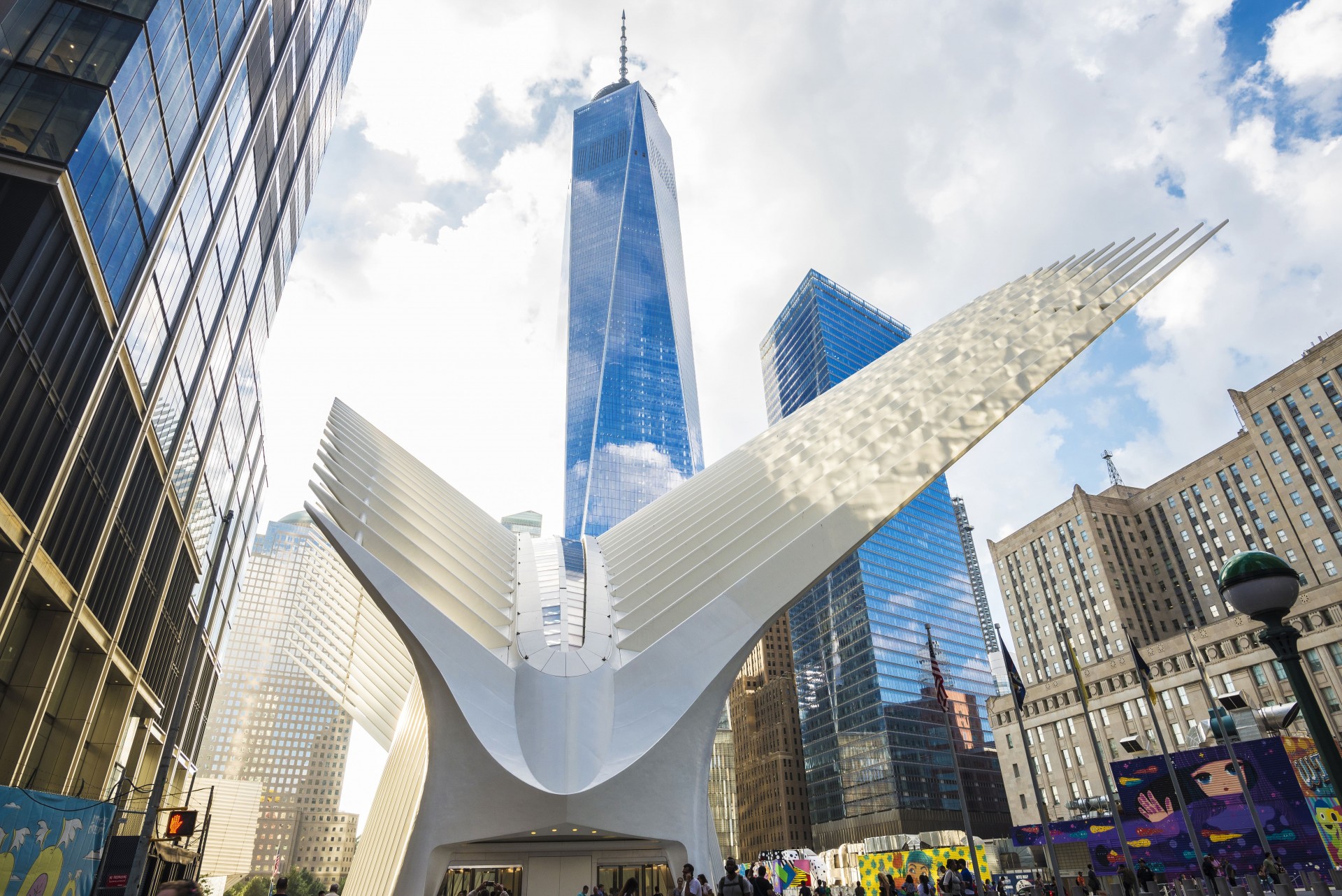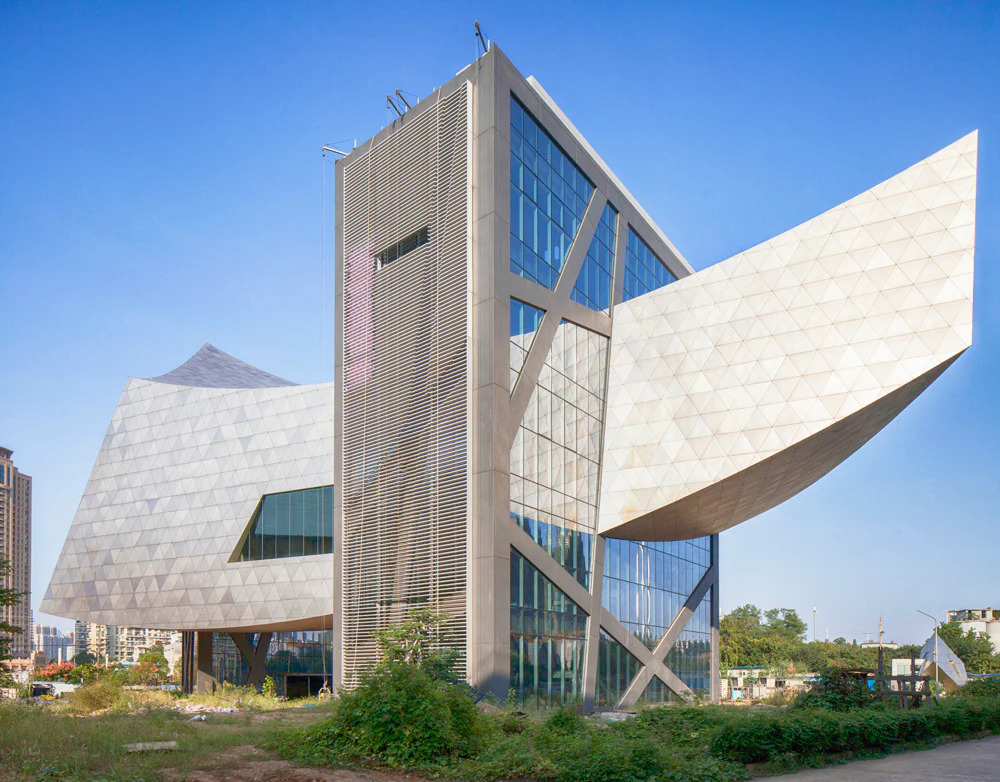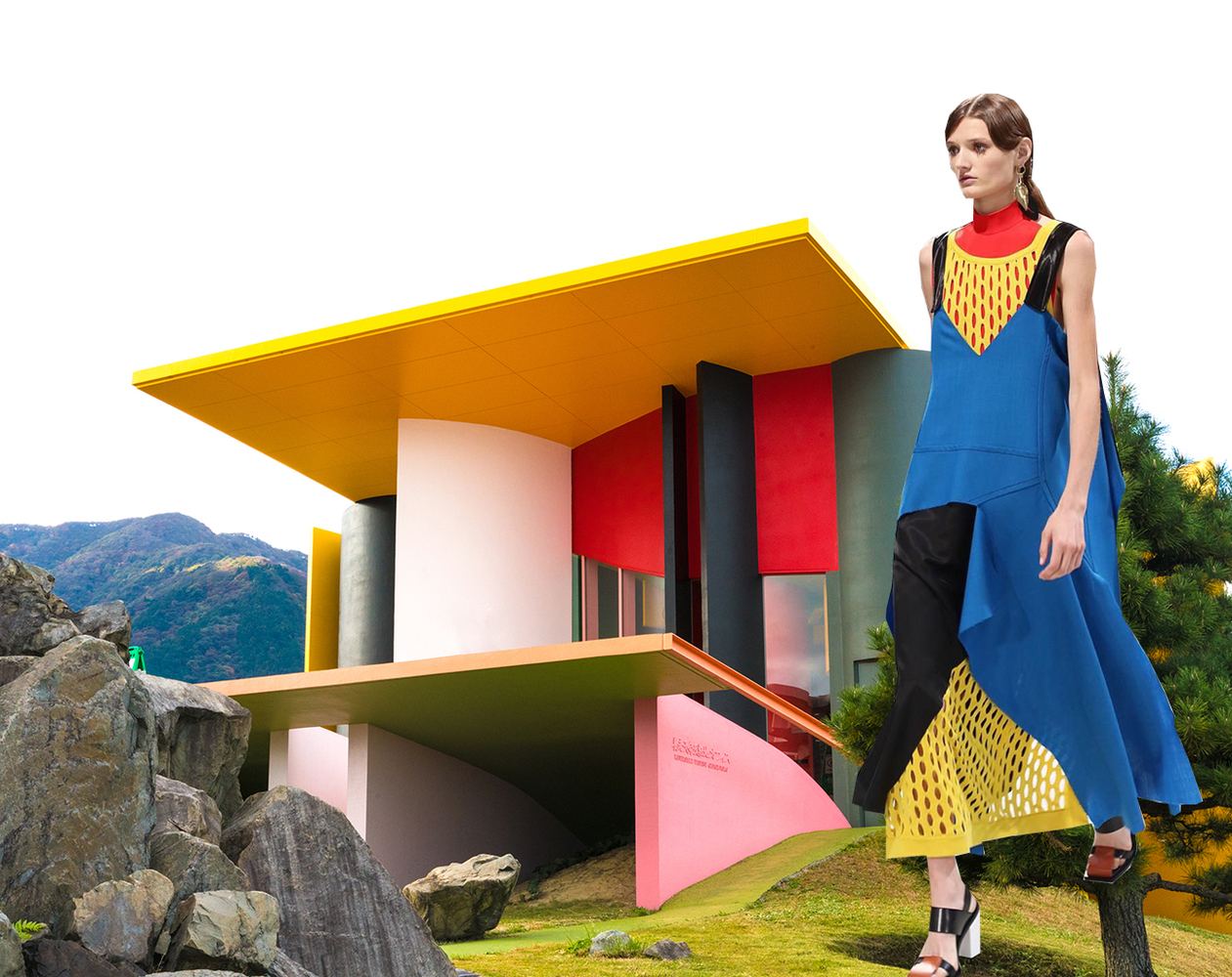- Home
- Articles
- Architectural Portfolio
- Architectral Presentation
- Inspirational Stories
- Architecture News
- Visualization
- BIM Industry
- Facade Design
- Parametric Design
- Career
- Landscape Architecture
- Construction
- Artificial Intelligence
- Sketching
- Design Softwares
- Diagrams
- Writing
- Architectural Tips
- Sustainability
- Courses
- Concept
- Technology
- History & Heritage
- Future of Architecture
- Guides & How-To
- Art & Culture
- Projects
- Interior Design
- Competitions
- Jobs
- Store
- Tools
- More
- Home
- Articles
- Architectural Portfolio
- Architectral Presentation
- Inspirational Stories
- Architecture News
- Visualization
- BIM Industry
- Facade Design
- Parametric Design
- Career
- Landscape Architecture
- Construction
- Artificial Intelligence
- Sketching
- Design Softwares
- Diagrams
- Writing
- Architectural Tips
- Sustainability
- Courses
- Concept
- Technology
- History & Heritage
- Future of Architecture
- Guides & How-To
- Art & Culture
- Projects
- Interior Design
- Competitions
- Jobs
- Store
- Tools
- More

Science fiction has long been a source of inspiration for architects and city planners. Dazzling skyscrapers, sprawling space colonies, and underwater utopias represent both our wildest dreams and our most vivid imaginings of the future. Over the decades, several architectural marvels inspired by these visionary tales have sprung from the pages of sci-fi novels and the frames of films to become a part of our real-world skyline. Here’s a journey through some of the most iconic sci-fi inspired architectural marvels:
- The Lotus Building in Wujin, China: This blossoming architectural wonder looks like it’s been plucked straight out of a futuristic tale. With petals emerging from a lake, this building was inspired by the lotus flower and showcases a blend of organic form and advanced construction techniques. Such fluid and nature-inspired architecture echoes the harmonious cities of many sci-fi narratives.
- The Innovation, Science, and Technology Building at Florida Polytechnic University, USA: Designed by Santiago Calatrava, this building appears to be a ship straight out of a space odyssey. With its adjustable louvers and elongated form, it’s a masterpiece of both form and function, representing the university’s focus on technology and innovation.

- Gardens by the Bay, Singapore: This is an awe-inspiring synthesis of natural beauty and architectural genius. The Supertree Grove, with its tree-like structures functioning as vertical gardens, could be a scene from a distant planet in a Star Trek episode. The biomes, replicating varied climates, echo the controlled environments of many space colonies in science fiction.
- The Dynamic Tower, Dubai (proposed): Visioned by architect David Fisher, this rotating skyscraper, once completed, will allow its residents to choose their view. The concept, which feels like something out of a Philip K. Dick novel, exemplifies Dubai’s push towards futuristic architecture.
- Kingdom Centre, Riyadh, Saudi Arabia: Resembling a giant glass bottle opener, the Kingdom Centre looks like the sort of building one might encounter in a metropolis on Coruscant in the Star Wars universe. Its iconic sky bridge offers panoramic views of the city and is a testament to the blend of utility and grand vision.

- The Metropol Parasol in Seville, Spain: Also known as “Las Setas”, this wooden structure looks like enormous mushrooms or an alien spacecraft that’s just landed. This fusion of organic design and urban utility reminds many of the balance between nature and tech that sci-fi authors frequently muse upon.
- The Oculus, New York City, USA: Designed by Santiago Calatrava, the Oculus, a transportation hub, seems like a skeletal, winged creature or a spacecraft from a distant galaxy. Serving as a poignant memorial and a hub of daily activity, it embodies the dynamism and resilience of modern urban life, often depicted in futuristic cities of sci-fi works.
These structures, borne out of the human imagination, show that the boundary between fiction and reality is often just a well-placed brick or a beam away. As we progress further into the 21st century, it’s thrilling to ponder the next sci-fi dreams that will rise from our books and screens, to stand tall and proud in our cities. The future, it seems, is now.

Creating an architectural marvel, especially one inspired by the boundless universe of science fiction, requires a comprehensive design process. This process is an intricate dance between imagination, technology, and practicality. Let’s delve into the steps that shape these futuristic landmarks:
- Source of Inspiration: Architects often draw inspiration from various sci-fi media – movies, novels, and artworks.
- Narrative Building: A story or narrative might be constructed around the design to give it depth and relevance.
- Material Exploration: Since many sci-fi designs demand materials that offer both form and function, thorough research on available materials and their properties becomes paramount.
- Environmental & Socio-cultural Impact: Any structure must exist harmoniously within its environment and cultural context. This requires research into local ecology, climate, and social practices.
- Regulations & Compliance: Architects need to ensure that the design adheres to local building codes and regulations.

Submit your architectural projects
Follow these steps for submission your project. Submission FormLatest Posts
The Ultimate Guide to Fencing in North Dakota: Choosing the Best Fence for Your Property
Watching a chain link fence twist in 70 mph winds near Minot...
Gaudí: Where Architecture Meets Science
Gaudí: Where Architecture Meets Science shows catenary arches, ruled surfaces, and biomimicry...
How Housing Market Forces Shape Architectural Design Today
Architecture never exists in isolation. Buildings rise from a mix of ambition,...
Why Portable Formaldehyde Gas Detectors Matter on Construction Sites
As construction practices shift toward more enclosed and material-intensive environments, the risk...












Leave a comment